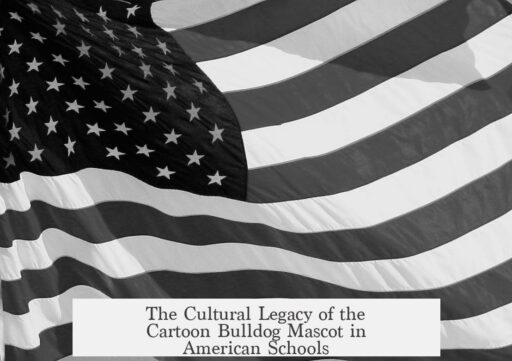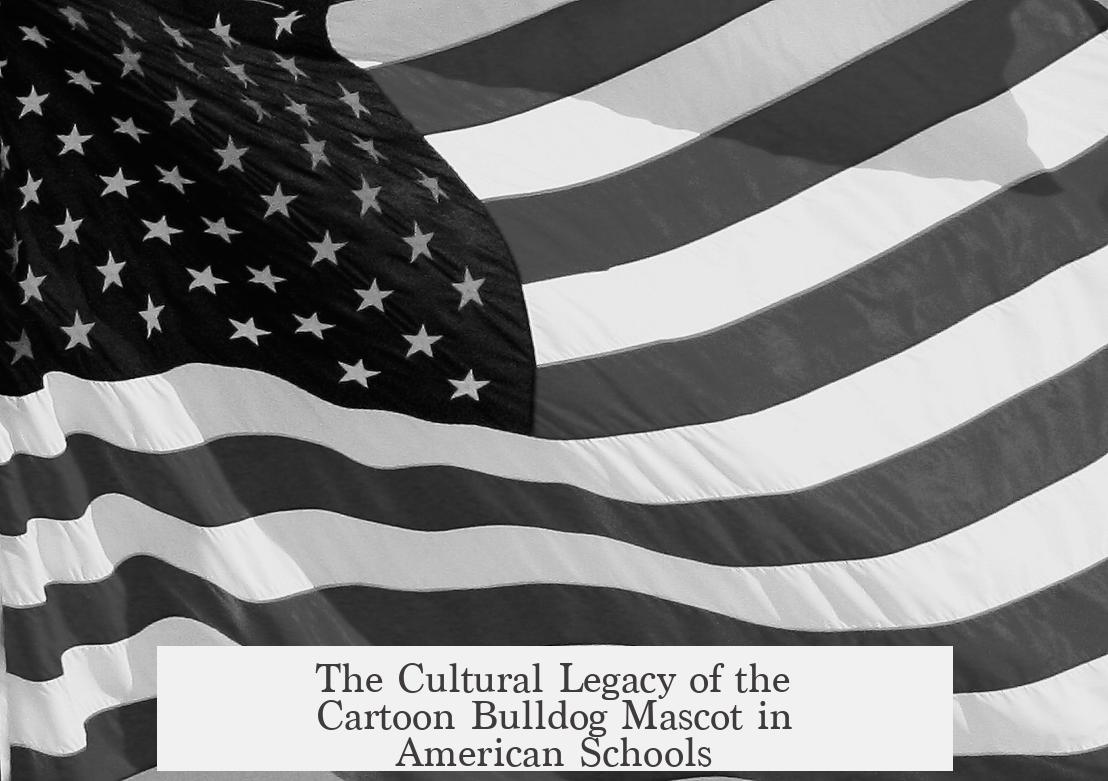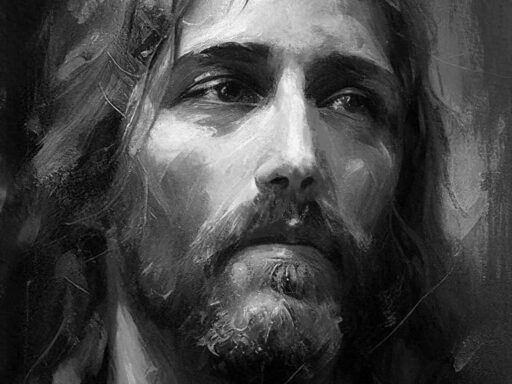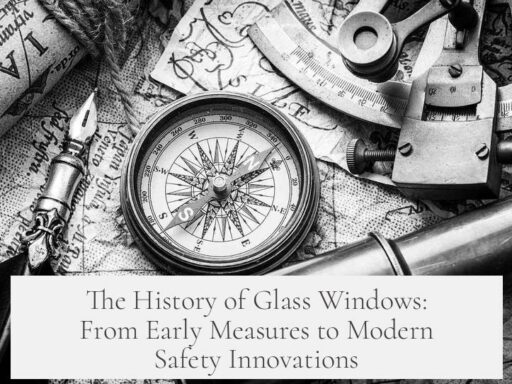The specific cartoon bulldog became the mascot of numerous American high schools and colleges largely because of the work of artist Arthur Evans and the practices of Angelus Pacific Co. This company’s approach to mascot distribution, combined with the bulldog’s symbolic appeal and regional sports dynamics, led to widespread use of the same or very similar cartoon bulldog logos nationwide.
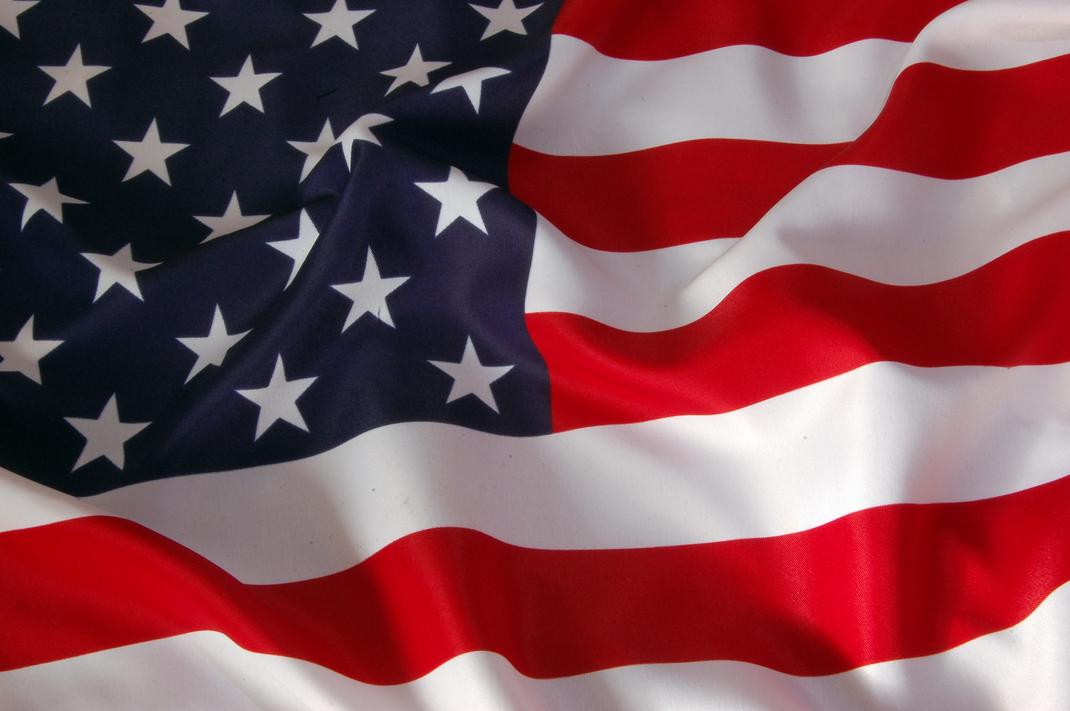
Arthur Evans worked for Angelus Pacific Co., a decal and logo company based in Fullerton. From 1932 to 1977, Evans created a vast majority of the sports mascots sold to educational institutions. He claimed responsibility for designing about 90% of college logos during that period. These designs, including the iconic bulldog image, were standardized artwork produced for mass distribution.
In this mid-20th century era, collegiate sports remained very regional. Schools competed mainly within specific geographic areas. Due to this location-based nature, schools rarely needed exclusive rights to mascot logos. Angelus Pacific did not sell these mascot drawings as exclusive, allowing multiple schools to purchase the same designs without legal conflict.
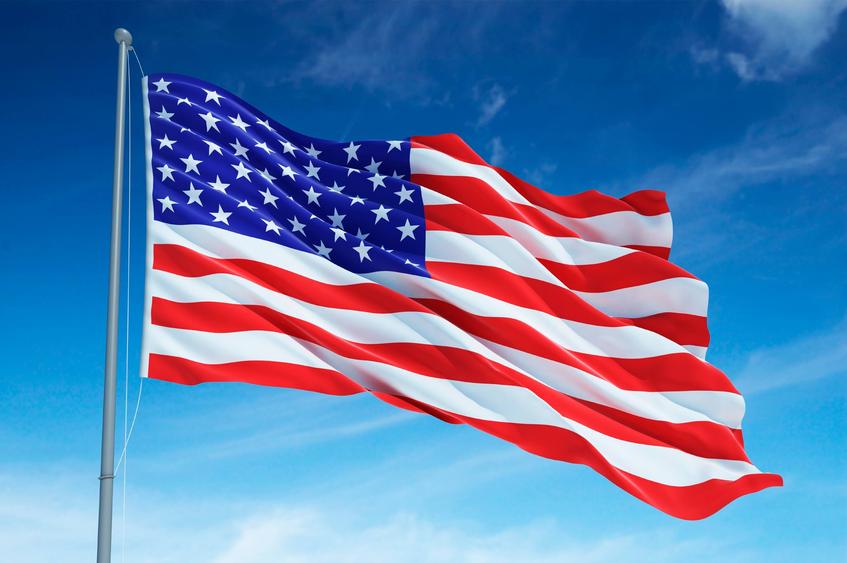
Jean Ruppe, Angelus’s office manager, described the process: schools sent rough ideas, and Evans created sports mascots accordingly. Because exclusivity was not part of the deal, identical or nearly identical bulldog logos appeared across different schools nationwide. Angelus Pacific’s salesmen traveled to universities and high schools, often reusing popular logos with few changes.
- The bulldog mascot design used simple, bold lines, making it suitable for reproduction and imitation.
- This simplicity encouraged other schools to imitate the style directly.
- Similar patterns emerged with other popular mascots like Tigers, Bears, Wolves, and Badgers.
The bulldog’s popularity owes to more than just artistic convenience. The breed symbolizes courage and determination. This resonance increased after World War II, when British Prime Minister Winston Churchill was often likened to a bulldog for his resolute defiance of Nazi Germany. Additionally, the United States Marine Corps adopted the bulldog as an unofficial mascot after a recruitment poster showed a bulldog confronting a German dachshund, reinforcing the animal’s association with toughness and bravery.
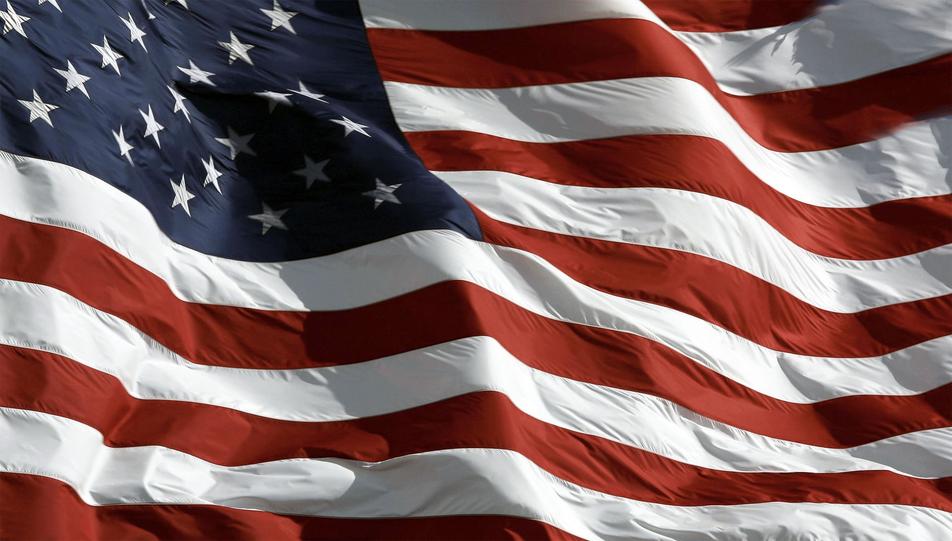
Due to these cultural factors, many schools sought the bulldog as a mascot to represent strength and resolve on the athletic field and in school spirit. Its historical and symbolic connotations made it an appealing choice.
The absence of trademark enforcement or licensing further enabled multiple institutions to “borrow” the same imagery. At the time, building a unique, copyrighted brand was uncommon for high schools and colleges. Mascots circulated freely within regional boundaries. Schools either purchased Evans’s designs or replicated them, sometimes unknowingly copying logos already in use elsewhere.

This dynamic created a domino effect:
- Angelus Pacific provided popular, non-exclusive cartoon bulldog decals created by a single prolific artist.
- Schools used these mascots in regional athletic competitions without legal restriction.
- The bulldog’s symbolic appeal encouraged more schools to adopt or mimic the design.
- Similar logos spread widely, becoming a recognizable staple across American educational institutions.
In short, a combination of practical business methods, regional athletic culture, and the bulldog’s iconic status explains why that specific cartoon bulldog became a widespread mascot in American high schools and colleges.
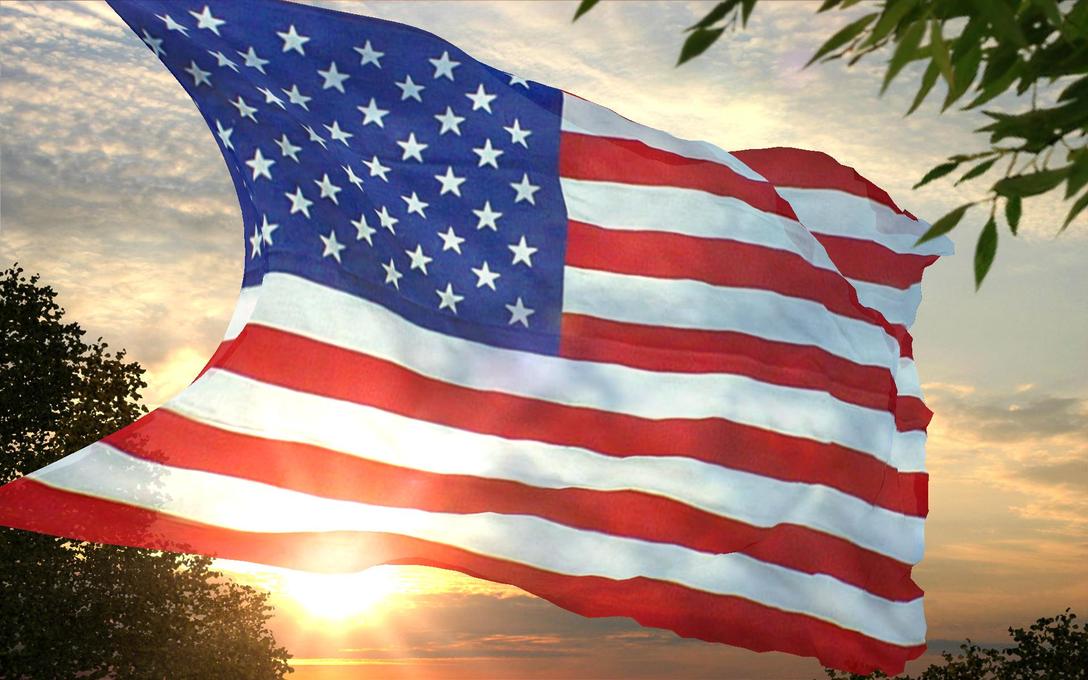
| Factor | Impact |
|---|---|
| Arthur Evans and Angelus Pacific | Created and distributed non-exclusive mascot logos widely, including the bulldog |
| Regional Sports Nature | Reduced need for exclusive mascots; encouraged reuse across schools |
| Simplicity of Design | Enabled reproduction and imitation of bulldog mascot art |
| Bulldog Symbolism | Represented courage and toughness, attracting many schools |
| Lack of Licensing | Allowed multiple schools to share identical or similar logos legally |
- Arthur Evans designed most bulldog logos sold via Angelus Pacific from 1932–1977.
- The bulldog symbolizes courage, linked to Winston Churchill and US Marines.
- Regional sports meant exclusive mascot rights were unnecessary.
- Angelus’s non-exclusive, simple mascots led to widespread duplication.
- Many schools unknowingly or knowingly adopted the same bulldog image.
How Did THAT Specific Cartoon Bulldog Become the Mascot of So Many American High Schools and Colleges?
That iconic cartoon bulldog image seen in many American schools owes its widespread presence to a mix of one man’s prolific art, mid-20th century marketing strategies, and the symbolic punch the bulldog carries. It’s not just chance; it’s a fascinating story about regional sports, branding practices, and cultural symbolism building together in perfect harmony. Let’s dig into how this particular bulldog sneaked into the hearts and halls of schools nationwide.
![]()
The journey begins with Arthur Evans, or Art Evans as the mascot world affectionados call him. From 1932 until 1977, Evans worked for Angelus Pacific Co., a decal and logo company based in Fullerton, California. His mission? To create simple, bold, and instantly recognizable sports mascots sold to universities and high schools across the country.
Evans wasn’t just good—he was prolific. He claimed responsibility for about 90% of college logos during his tenure. Imagine one artist’s style becoming the visual backbone of so many school teams! Angelus Pacific was savvy, selling these mascot logos without exclusivity. Schools could purchase the same—or almost identical—designs without any exclusivity guarantee.
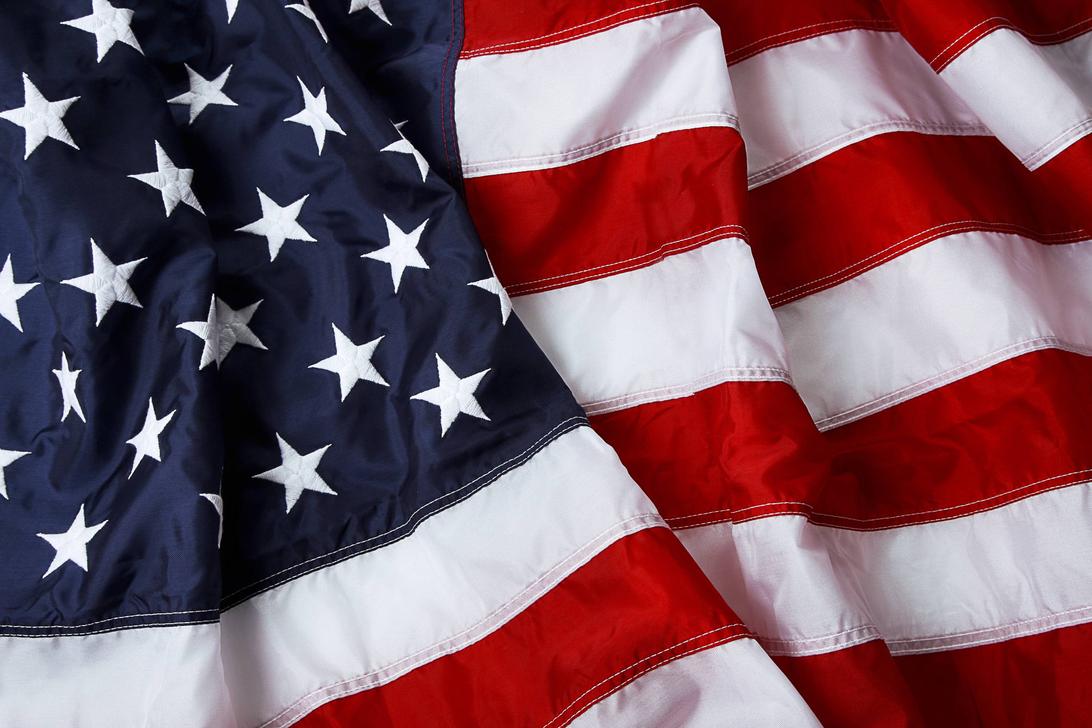
Why was this accepted? Back then, collegiate sports had a strong regional flavor. Schools usually competed within geographic clusters, so there was little concern they’d confuse their mascots with a rival miles away. Licensing and trademark battles were simply not on anyone’s radar. This regional isolation meant that a bulldog mascot drawn by Arthur Evans for one school might appear at another, miles apart, with hardly a change.
Jean Ruppe, the Angelus Pacific office manager at the time, recalled, “Colleges and high schools would send a rough idea of what they wanted, and Art would get busy and come up with a sports mascot.” Since the mascots were sold broadly, many institutions ended up sporting near-identical cartoon bulldogs.
The simplicity of these illustrations also played a major role. Evans mastered a style that was easy to reproduce and instantly impactful. These stylized logos—featuring iconic animals like bulldogs, tigers, and bears—looked sharp on uniforms, banners, and helmets. Their simplicity encouraged imitation, and schools that didn’t buy directly from Angelus sometimes created similar versions, leading to the familiar sea of comparably cartoonish mascots everywhere.
But why the bulldog? That snarling, stout little dog has more than cute looks fueling its popularity. Bulldogs have stood as symbols of courage and tenacity, especially during and after World War II. Their image became linked with British Prime Minister Winston Churchill, who famously symbolized the bulldog’s defiance against Nazi Germany.
On top of that, the U.S. Marine Corps adopted the bulldog as an unofficial mascot—popularized by a recruitment poster where a helmeted American bulldog chases a dachshund wearing a German helmet. This powerful association helped cement the bulldog in American culture as a symbol of grit and determination, perfect qualities schools wanted to embody in their athletic teams.
Put it all together: Mid-20th century schools with a regional sports focus, a prolific artist creating a bulk of logos sold without exclusivity, and a mascot emblematic of courage and fortitude. The result? That distinctive cartoon bulldog graphic sprouted everywhere, often unintentionally copied or embraced, becoming a shared icon across the United States.
Today, if you spot a bulldog mascot in a high school gym or university stadium, you’re likely glimpsing a legacy of one artist’s work intersecting with historic symbolism and marketing strategies. This story is a testament to how branding practices evolve, regional habits shape visuals, and powerful symbols resonate deeply with communities.
What Can Modern Schools Learn From This Tradition?
First, the tale of Art Evans and Angelus Pacific reminds us branding isn’t always about exclusivity. Regional needs and cultural factors sometimes outweigh legal trademarks or unique logos. For schools developing new mascots or rebranding, it’s wise to consider both originality and cultural resonance.
Second, the bulldog’s story offers a lesson on symbolism. Choosing a mascot backed by meaningful traits can foster pride and unity. Bulldogs represent toughness, courage, and loyalty—qualities any team and student body aspire to.
Finally, this phenomenon highlights the importance of storytelling in sports branding. Every logo carries a background, a narrative that teams and communities can connect to. Embracing this enriches the school spirit beyond mere images.
So, next time you see that bulldog glaring fiercely from a school banner or jersey, you aren’t just seeing a cute cartoon. You’re witnessing decades of art, culture, and history bundled up in four legs and a grumpy face.
And perhaps now you’ll see it with a touch more appreciation—and maybe a little chuckle—knowing how a single artist’s pen shaped so many American institutions’ identities.
Why did so many schools use the same cartoon bulldog mascot?
Artist Arthur Evans created many mascot drawings for Angelus Pacific Co. These logos were sold non-exclusively, so identical or similar bulldogs spread widely across schools.
How did regional sports influence bulldog mascot reuse?
Collegiate sports were mainly local then, so schools didn’t need exclusive logos. This made reusing the same bulldog mascot common and accepted.
What role did Arthur Evans play in this mascot trend?
Evans designed most of the cartoon bulldog images at Angelus Pacific Co., which sold them nationwide. His art shaped the look of many school mascots.
Why was the bulldog a popular mascot choice?
Bulldogs symbolized courage, linked to Winston Churchill and the Marine Corps. This made them appealing as brave and tough mascots for schools.
Did schools imitate the bulldog mascot style?
Yes, the simple and clear design inspired imitation. Some schools copied or recreated similar bulldog logos beyond buying from Angelus.
Was exclusivity common for mascot logos in that era?
No, exclusive rights weren’t expected. Schools freely shared or duplicated logos, causing many to have very similar bulldog mascots.
